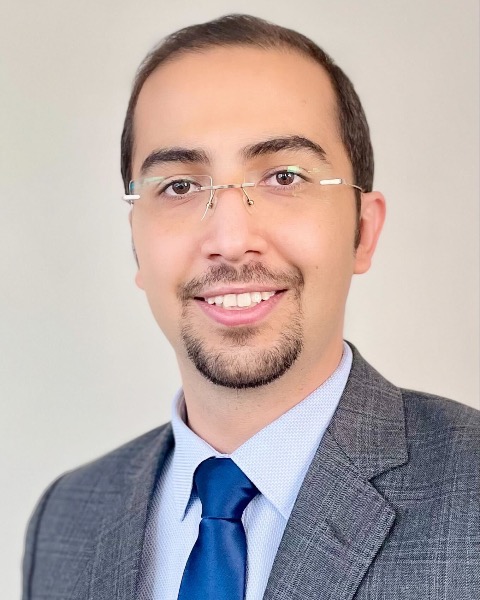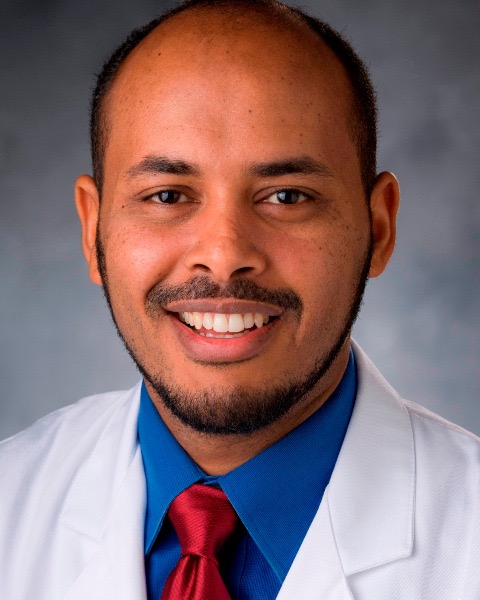Hepato-pancreato-biliary
E223: Vascular Involvement in Pancreas Cancer: Limitations of Relying on Imaging and Expert Opinion

Jane Wang, MD (she/her/hers)
Resident
Department of Surgery, University of California San Francisco, United States
Jane Wang, MD (she/her/hers)
Resident
Department of Surgery, University of California San Francisco, United States
Jane Wang, MD (she/her/hers)
Resident
Department of Surgery, University of California San Francisco, United States
Amir Ashraf Ganjouei, MD, MPH (he/him/his)
Research Fellow
University of California San Francisco
San Francisco, California, United States- DB
Dorukhan Bahceci, MD
Gastrointestinal Pathology Fellow
Department of Pathology, University of California San Francisco, United States - AD
Aletta Deranteriassian, BA
Clinical Research Coordinator
Department of Surgery, University of California Los Angeles, United States - GK
Grace E. Kim, MD
Professor of Pathology
Division of Surgical Pathology, University of California San Francisco, United States 
Lucas W. Thornblade, MD, MPH
Assistant Professor
University of California, San Francisco
Oakland, California, United States
Mohamed A. Adam, MD
Assistant Professor
University of California, San Francisco, United States- AA
Adnan Alseidi, MD, EdM
Professor
University of California, San Francisco, United States
ePoster Abstract Author(s)
Submitter(s)
Author(s)
The incidence of microscopically positive margins after Whipple for pancreatic ductal adenocarcinoma (PDAC) is as high as 30-40%, and incomplete resection of PDAC is associated with poor survival. To better characterize clinician assessment of PDAC resectability, we aimed to compare the diagnostic performance of radiologists and surgeons in predicting superior mesenteric artery (SMA) involvement using preoperative CT scans.
Methods: We included patients with PDAC who underwent Whipple and had preoperative pancreas protocol CT scans at a single institution from 2010-2022. Each scan was independently evaluated for SMA involvement in a blinded fashion by two board certified abdominal radiologists and two board certified surgical oncologists. Cases of disagreement were mediated by a third radiologist or surgeon. A pathologist who specializes in Hepato-Pancreatico-Biliary pathology reviewed all surgical specimens to determine SMA involvement and served as the gold standard. Sensitivity, specificity, positive predictive value (PPV), negative predictive value (NPV), accuracy, and interobserver agreement were calculated.
Results: A total of 136 patients were included. The median age was 66 years (IQR 60-74) and 52% were female. A total of 59 patients (43.4%) underwent neoadjuvant chemotherapy (NAC). Twenty-six patients (19.1%) had SMA involvement per surgical pathology review. The sensitivity for detecting SMA involvement was 23% among radiologists and 36% among surgeons, and the specificity was 94% for radiologists and 86% for surgeons. Radiologists had a PPV of 46%, a NPV of 84%, and an accuracy of 80%, while surgeons had a PPV of 39%, a NPV of 85%, and an accuracy of 76%. Most notably, of the 26 patients with pathologically positive margins, 20 were missed by radiologists and 17 were missed by surgeons. In regard to interobserver agreement, radiologists achieved a kappa statistic of 0.78 compared to 0.44 for surgeons. Table 1 details the diagnostic performance of the two groups stratified by whether the patient received NAC.
Conclusions: Although the radiologists had greater consensus than the surgeons, both groups had particularly poor performance in predicting positive margins. This highlights a significant need for better preoperative tools to assess vascular involvement and to determine what imaging characteristics truly constitute risk for positive margins. It also suggests that using CT scans to dictate perioperative decision making, such as administration of NAC, may have significant limitations.
Learning Objectives:
- Describe the current incidence of microscopically positive margins after Whipple for PDAC.
- Describe the performance of the radiologists and surgeons in predicting SMA involvement in this study.
- Describe the implications of the study findings.
